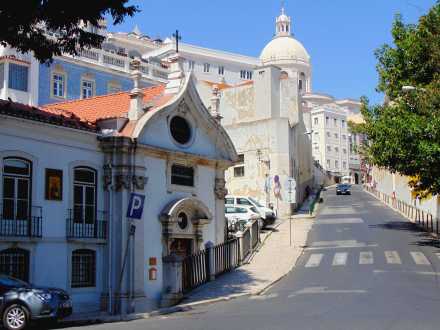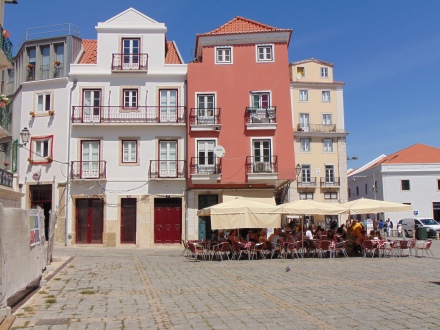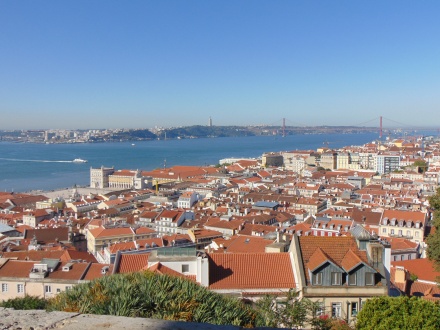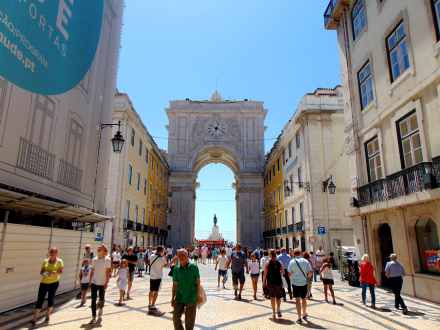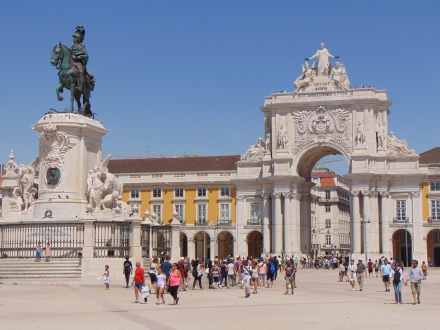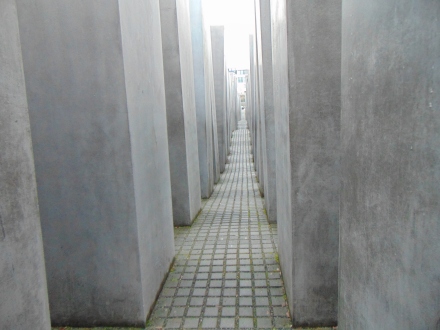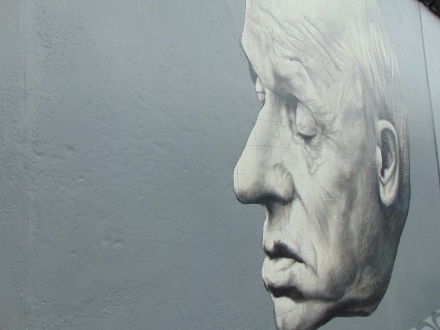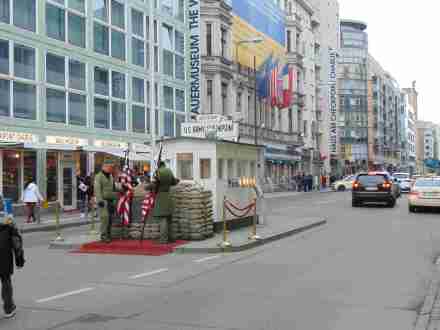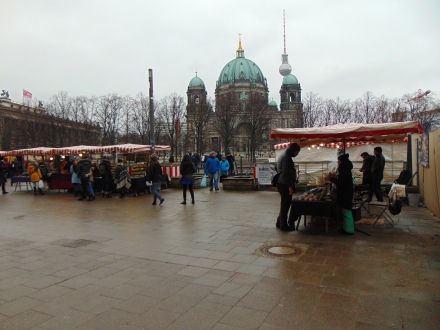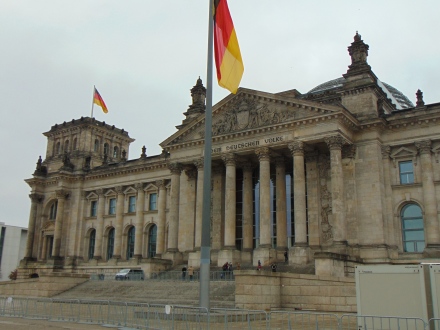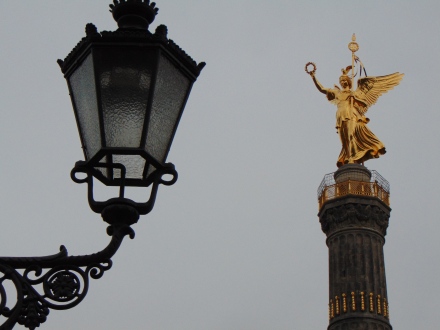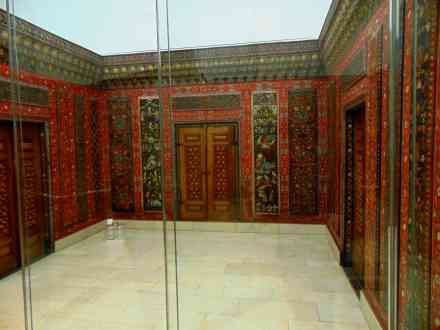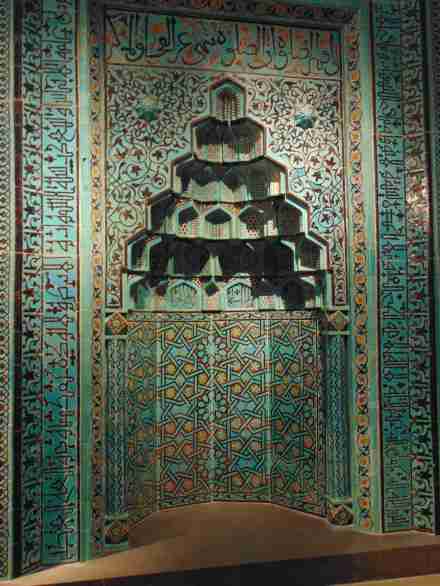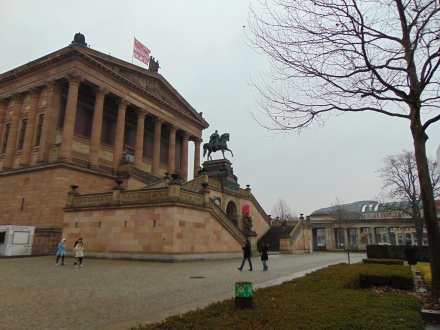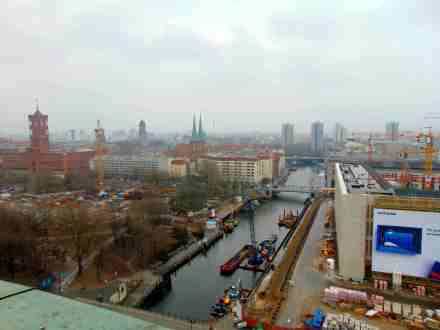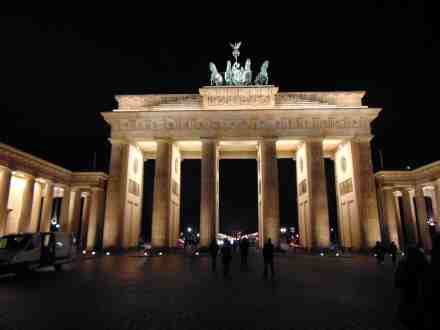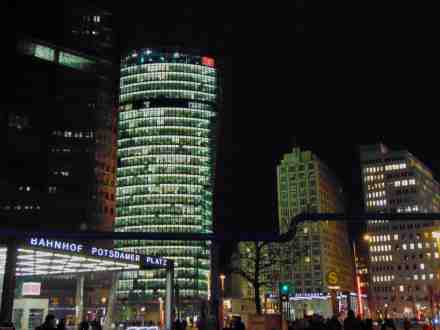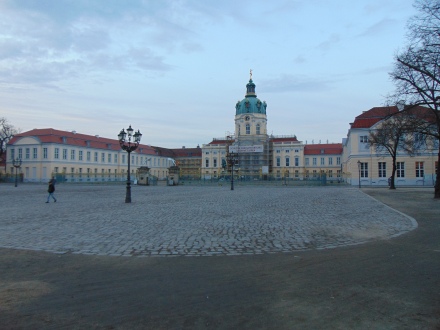Visiting the area to the strains of a Fado song: very romantic, isn’t it? From Baixa we move towards Alfama, the oldest part of the Portuguese capital. This is the part of the city full of crumbling old buildings, narrow cobbled streets, and endless opportunities to enjoy a panoramic view from one of the several miradouros – means viewpoints – located at the highest points of each hill. One of the most famous (and crowded at the sunset) is Miradouro das Portas do Sol, with stunning views over red roofs out to the Tagus river. Nearby, you can reach a second viewpoint, called Santa Luzia, a panoramic colonnated terrace.

Originally, Alfama was situated outside of the city walls, where only the poor and disadvantaged resided. As Lisbon grew into an important port, the district retained its lowly status as the tough and deprived district where sailors and dock workers lived. Today, Alfama has shrugged off its grim reputation, being transformed into a fashionable artisan district, while still retaining its character and dilapidated charm.
One of Lisbon’s must-visit attractions, is the Sao Jorge Castle, visible from almost anywhere in the old town. Sao Jorge is a Moorish Castle occupying a commanding hilltop overlooking the historic centre, dating back to Middle Ages. It’s a solid climb up through Alfama’s winding streets to get there, or ride the number 28 Tram to the Largo da Graca, if You want to take it easy (but it’s incredibly popular with tourists and locals alike, so wait patiently to take it). Once there, you’ll have unrivaled 360-degree views on the city, plus the chance to wander the old castle walls, still provided with the old cannons on display.
The castle’s plan is roughly square, and it was originally encircled by a wall, to form a citadel. The castle complex consists of the castle itself (the castelejo), some ancillary buildings (including the ruins of the Royal Palace), gardens, and a large terraced square where You can enjoy the impressive panorama. The main entrance to the citadel is a 19th-century gate surmounted by the coat of arms of Portugal. This gate permits access to the main square (Praça d’Armas), which is decorated with old cannons and a bronze statue of Afonso Henriques, the Portuguese monarch who took the castle from the Moors.
Another monument to see in the area is the Lisbon’s cathedral (Sé): the oldest church in the city, with construction starting in the 1100’s on the site of an even older Moorish mosque. The exterior of the old church resembles more that of a fortification than religious centre, with massive solid walls and two imposing clock towers.
The word Sé derives its name from the initials of Sedes Episcopalis which when translated means bishop’s seat. Interestingly the first bishop of Lisbon to have his seat here had no roots or ties to the region but was actually an English crusader named Gilbert.
to be continued ..


